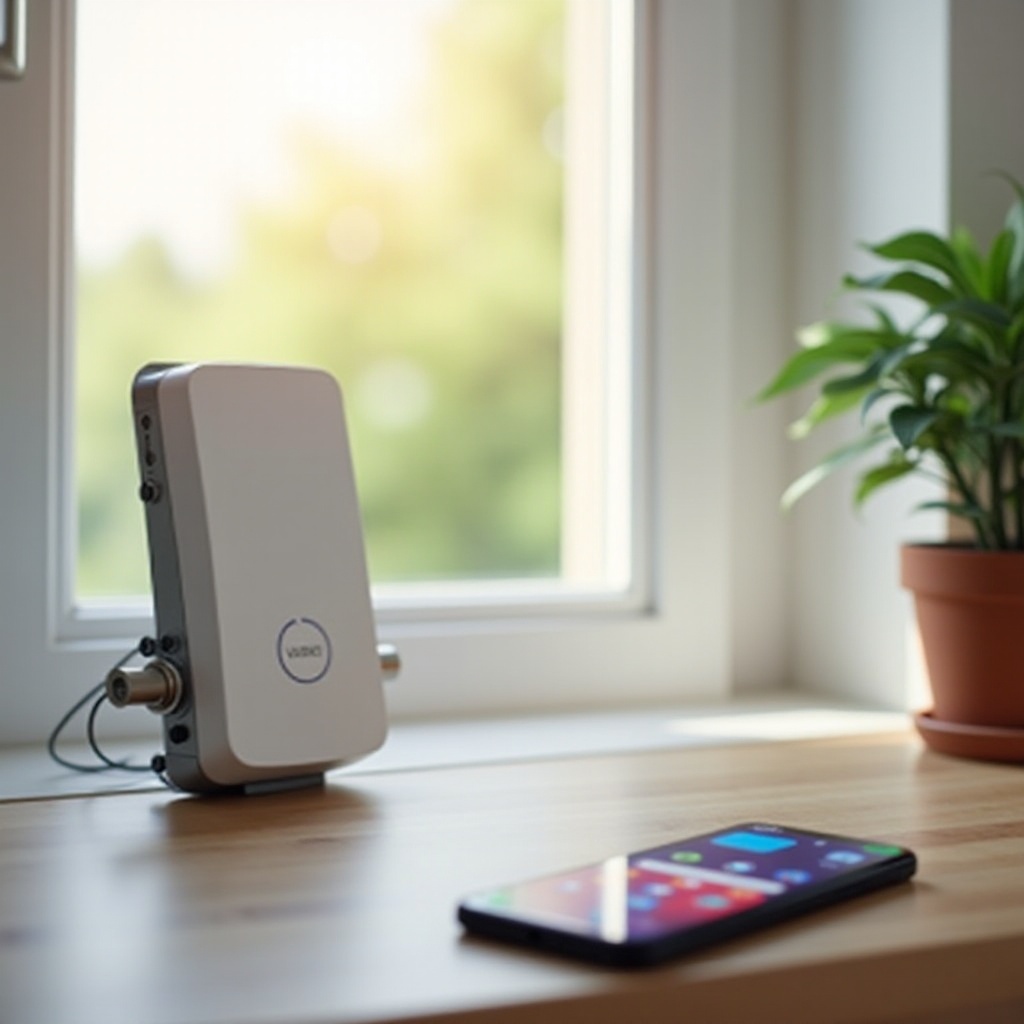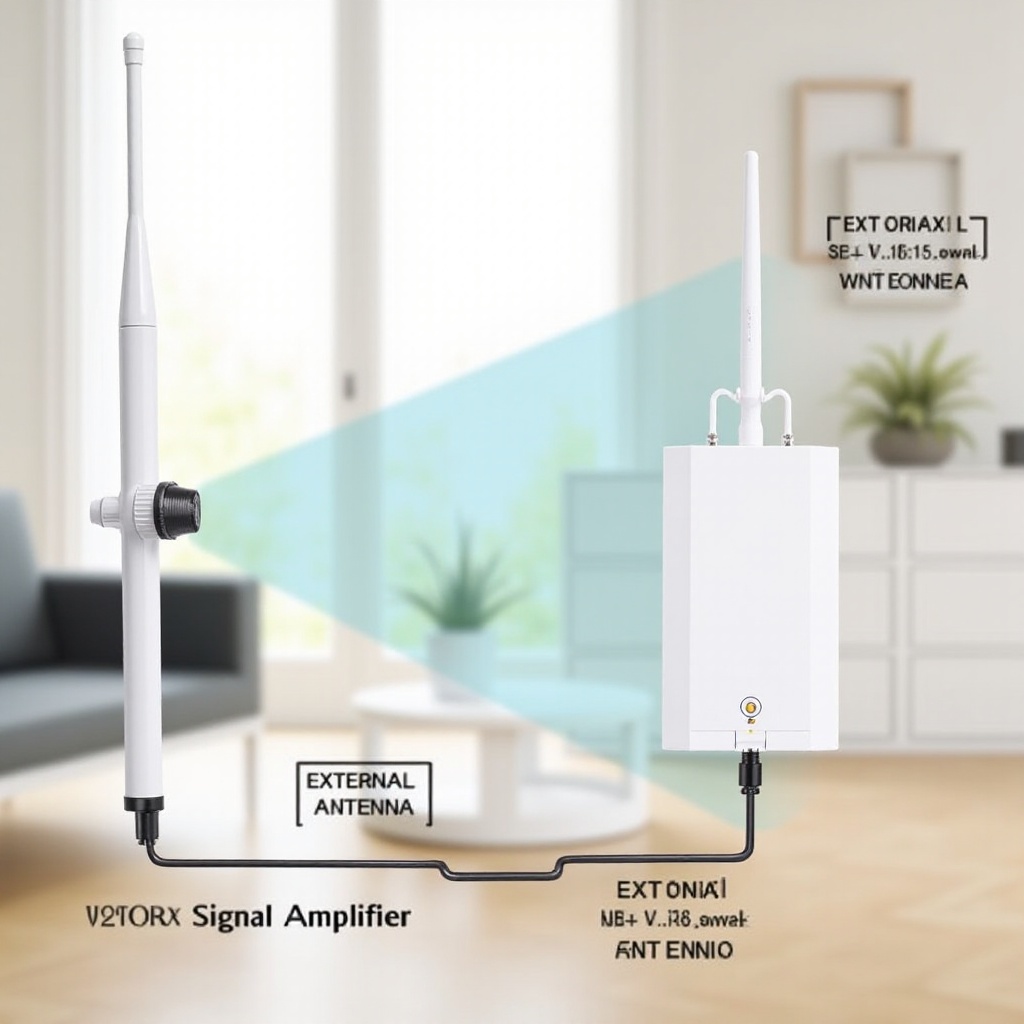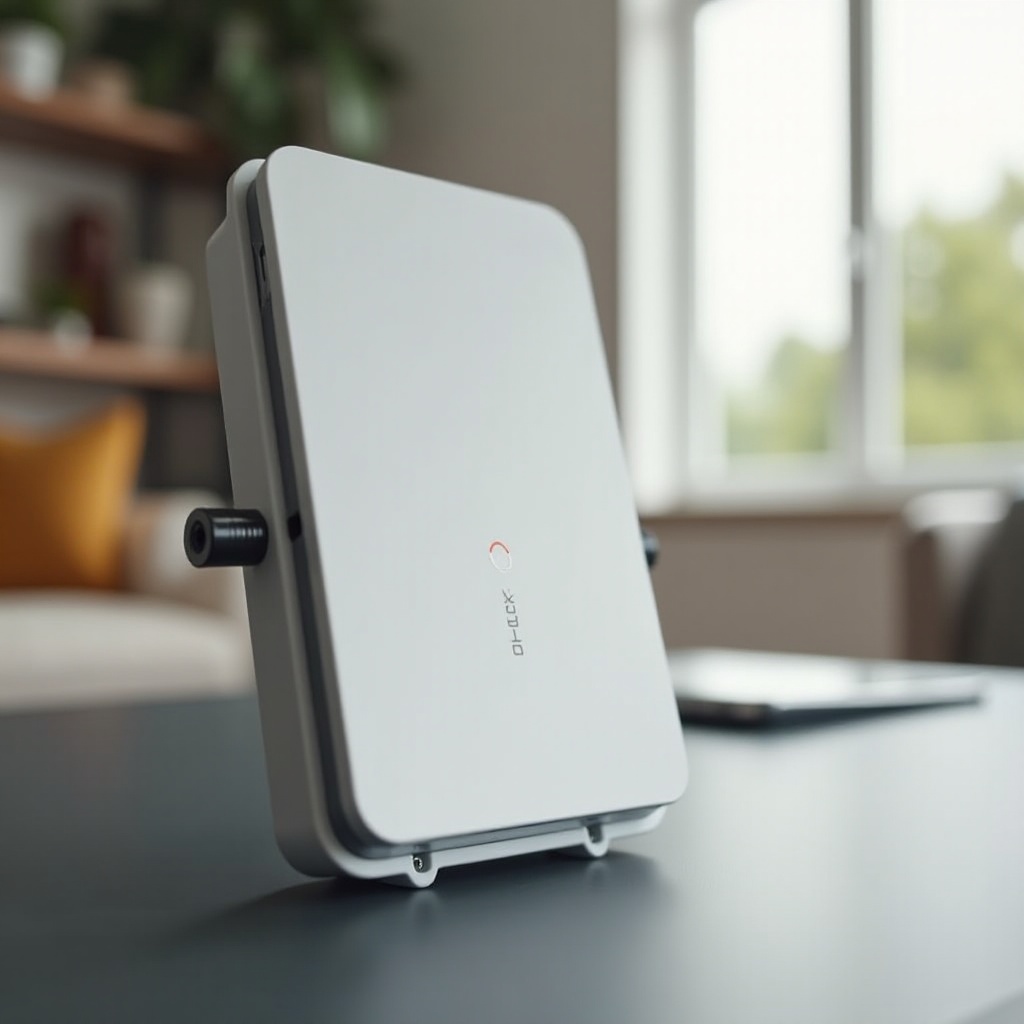Introduction
Struggling with weak mobile signals can be frustrating, especially when an urgent call or information hinges on good connectivity. Mobile phone signal boosters can transform this experience, ensuring clear communications and unhindered use of data services. This comprehensive guide will walk you through what mobile phone signal boosters are, how they work, their benefits, how to choose the right one, and how to install them.

What Are Mobile Phone Signal Boosters?
Mobile phone signal boosters are devices designed to enhance cellular signals, making weak signals stronger and more reliable. They play a pivotal role in combating connectivity issues caused by factors like distance from the cell tower, physical obstructions like buildings and trees, and interior materials that block signal reception.
These devices are essential for individuals living in remote areas or those who experience poor indoor signal due to the infrastructure of their buildings. By amplifying the signal, mobile phone signal boosters provide a seamless communication experience, reducing dropped calls and buffering delays during internet usage.
Understanding the components and functionality of mobile phone signal boosters is crucial for optimally leveraging their benefits.
Components of a Mobile Phone Signal Booster
Mobile phone signal boosters consist of three primary components that work together to enhance signal strength:
External Antenna
The external antenna is designed to capture the existing weak signal from a nearby cell tower. It is usually mounted outside the building or vehicle where it can receive the signal with minimal obstruction. This antenna is critical in pinpointing the best available signal, ensuring that the booster has a quality input to amplify.
Signal Amplifier
The signal amplifier receives the weak signal from the external antenna and boosts its strength. Acting as the core of the signal booster system, it ensures the weak signal is significantly amplified before being rebroadcast inside the building or vehicle. This piece of equipment is responsible for the extent of signal improvement experienced.
Internal Antenna
The internal antenna distributes the amplified signal throughout the designated area, be it a home, office, or vehicle. This component ensures that the boosted signal reaches all corners of the space, providing enhanced connectivity to all mobile devices within the area of coverage.
These components collaboratively ensure that a weak signal is converted into a strong and reliable one, enabling better communication and data services.

How Do Mobile Phone Signal Boosters Work?
Mobile phone signal boosters function by capturing weak signals from the environment, amplifying them, and then redistributing the enhanced signals within the designated area. Here’s a step-by-step breakdown of the process:
-
Capturing the Signal: The external antenna is mounted in a location where it can best capture the existing cellular signal from the nearest cell tower, free from obstructions like trees and buildings.
-
Amplifying the Signal: Once the external antenna captures the signal, it is sent via coaxial cable to the signal amplifier. The amplifier receives this weak signal and boosts its strength dramatically.
-
Redistributing the Signal: The amplified signal is then transmitted to the internal antenna via coaxial cable. The internal antenna rebroadcasts the boosted signal through the area in need of better connectivity.
Through this process, mobile signal boosters ensure that homes, offices, and vehicles that previously had poor signal reception now enjoy a strong and reliable cellular signal.

Benefits of Using Mobile Phone Signal Boosters
There are numerous benefits to using mobile phone signal boosters. These advantages enhance the overall cellular usage experience in environments where the signal would otherwise be weak or unreliable.
Improved Voice Quality
One of the primary benefits of using a mobile phone signal booster is improved voice quality. With stronger signals, calls are clear, and dropped calls are significantly reduced, which is invaluable for both personal and professional communication.
Enhanced Data Speeds
Another significant advantage is faster data speeds for activities like browsing the internet, streaming videos, and using apps that rely on data. A stronger signal results in quicker downloads/uploads and smoother streaming, eliminating the frustration of buffering.
Extended Coverage Areas
Signal boosters greatly expand the area where a cellular signal is available. This is particularly beneficial for larger spaces, allowing for seamless connectivity throughout a building or even across extended outdoor areas.
These benefits make mobile phone signal boosters an essential addition to places that struggle with weak signals, transforming the user experience.
How to Choose the Right Mobile Phone Signal Booster
Choosing the right mobile phone signal booster involves understanding your specific needs and the options available in the market. Here are some key considerations:
Consider Your Coverage Needs
Assess the size of the area where you need improved signal coverage. Larger spaces may require more robust solutions, while smaller areas may only need a less powerful booster.
Check Carrier Compatibility
Ensure that the signal booster you select is compatible with your specific mobile carrier. Compatibility ensures that the booster can effectively amplify the signals from the cell towers your carrier operates.
Decide Between Home, Office, or Vehicle Use
Determine where you will use the signal booster. Different models are designed specifically for homes, offices, or vehicles. Home boosters are usually larger and cover more area, while vehicle boosters are portable and designed for use in cars, boats, or RVs.
Understanding these factors will help you make an informed decision and select a signal booster that best meets your requirements.
Installation Guide for Mobile Phone Signal Boosters
Installing a mobile phone signal booster is a straightforward process, but following the correct steps ensures optimal performance. Here’s a simplified guide:
Positioning the External Antenna
- Find the location with the strongest signal outside your building or vehicle.
- Mount the external antenna in this spot, ensuring it is free from obstructions and facing the direction of the nearest cell tower.
Connecting and Configuring the Amplifier
- Connect the external antenna to the signal amplifier using the provided coaxial cable.
- Place the amplifier in a central location inside the building or vehicle for the best distribution of the boosted signal.
Testing the System for Optimal Performance
- Attach the internal antenna to the amplifier and position it in a location that requires signal improvement.
- Power on the amplifier and test the signal strength in various locations to ensure the system works effectively.
Proper installation ensures that your booster is operating at peak performance, providing the best possible signal enhancement.
Conclusion
Mobile phone signal boosters are a practical solution for anyone struggling with poor cellular signals. By understanding their components, functionality, and benefits, individuals can make informed choices when selecting and installing these devices. A good signal booster vastly improves voice quality, data speeds, and coverage areas, making it a valuable investment for ensuring reliable connectivity.
Frequently Asked Questions
Are Mobile Phone Signal Boosters Legal in My Area?
Yes, mobile phone signal boosters are legal in most areas, but regulations vary by country and carrier. Ensure you purchase a booster compliant with local regulations.
Will a Mobile Phone Signal Booster Improve Internet Speed?
Yes, improving the signal strength directly enhances data speeds, resulting in faster internet and smoother streaming services.
Can I Use a Signal Booster with Any Mobile Carrier?
You can use a signal booster with any mobile carrier, provided the booster is compatible with your carrier’s frequency bands. Always check for carrier compatibility before purchasing.
